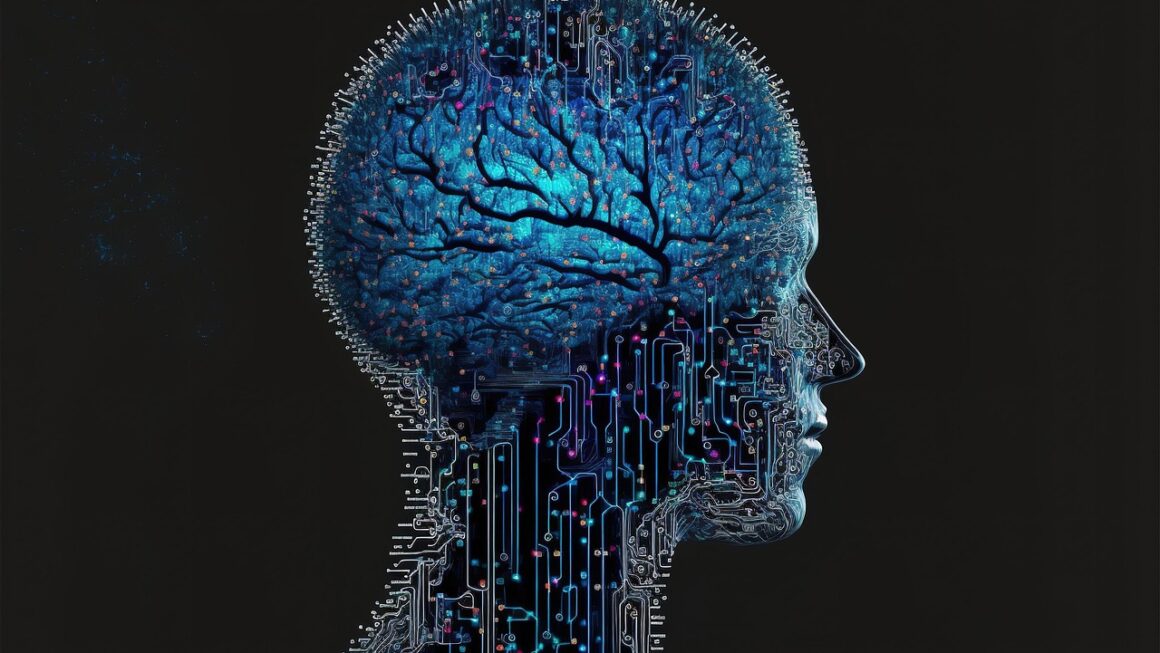Getting involved in the Non-Fungible Token (NFT) space can feel like navigating a gold rush, and a prominent query among newcomers is “How do I get coins NFT?” This pursuit encapsulates a world of digital assets, blockchain technology, and emerging investment opportunities. Understanding the fundamentals of acquiring NFTs, particularly digital collectibles representing coins or coin-related items, is crucial for both novice and experienced collectors. Let’s delve into the multifaceted process.
Understanding Coins NFT
What are Coins NFTs?
Coins NFTs represent ownership of unique digital assets that are related to coins, currencies, or numismatic themes. Unlike physical coins, these are digital representations, often incorporating unique features not possible with physical items, such as dynamic artwork or embedded metadata. They can represent:
- Digital versions of real-world coins.
- Artwork inspired by coins and currency.
- Game assets within blockchain-based games.
- Membership tokens for coin collecting communities.
- Historical representations of rare or valuable coins.
Why are Coins NFTs Popular?
The allure of coins NFTs stems from several factors:
- Digital Scarcity: NFTs are inherently unique, verifiable on the blockchain, offering a sense of ownership and scarcity similar to rare physical coins.
- Collectibility: Coin NFTs tap into the existing collector’s mindset, offering a digital avenue for collecting and trading.
- Investment Potential: Some collectors see NFTs as an investment opportunity, hoping to profit from rising valuations over time.
- Community Engagement: Many coin NFT projects foster communities where collectors can connect, share their passion, and participate in project development.
- Accessibility: NFTs provide a more accessible entry point to coin collecting for individuals who may not have the resources or access to physical coins.
Finding Coins NFTs
NFT Marketplaces
The most common way to acquire Coins NFTs is through NFT marketplaces. These platforms act as digital storefronts where creators list their NFTs for sale. Popular options include:
- OpenSea: The largest NFT marketplace, offering a vast selection of NFTs across various categories, including coins and currency-themed art.
Example: Searching for “ancient coin” on OpenSea might reveal digital artworks depicting historical coinage.
- Rarible: A community-governed marketplace where creators can mint and sell their NFTs. Known for its focus on digital art and collectibles.
Example: Look for artists specializing in numismatic-inspired digital art.
- Nifty Gateway: Curates and sells exclusive NFT drops from well-known artists and brands.
* Example: Keep an eye out for collaborations between coin artists and Nifty Gateway for high-profile releases.
When choosing a marketplace, consider factors like transaction fees, accepted cryptocurrencies, and the range of NFTs available.
NFT Projects and Drops
Many coin NFT projects launch their collections directly through their own websites or through scheduled “drops” on specific marketplaces. Participating in these drops can be an excellent way to acquire NFTs early and potentially at a lower price.
- Follow Coin NFT Projects: Stay informed about upcoming drops by following relevant projects on social media (Twitter, Discord) and subscribing to their newsletters.
- Join Communities: Engage with other collectors in online communities to learn about new projects and upcoming drops.
- Be Prepared: Drops often involve high demand, so ensure you have sufficient cryptocurrency in your wallet and are ready to act quickly when the sale begins.
Social Media & NFT Influencers
Social media platforms, particularly Twitter, have become important hubs for NFT enthusiasts. Following relevant accounts and hashtags can help you discover new projects and emerging trends.
- Identify Influencers: Find reputable NFT influencers who specialize in collecting or investing in digital art and collectibles.
- Monitor Hashtags: Track relevant hashtags like #NFT, #NFTcollectors, #CoinNFT, and #CryptoArt to stay up-to-date.
- Engage in Discussions: Participate in online conversations to learn from other collectors and share your own insights.
Buying Coins NFTs
Setting up a Crypto Wallet
Before you can buy coins NFTs, you’ll need a cryptocurrency wallet to store your digital assets. Popular wallet options include:
- MetaMask: A browser extension and mobile app that supports Ethereum and other ERC-20 tokens. It’s widely used for interacting with NFT marketplaces.
- Trust Wallet: A mobile wallet that supports multiple blockchains, including Ethereum, Binance Smart Chain, and others.
- Coinbase Wallet: A standalone wallet from the popular cryptocurrency exchange, Coinbase.
When setting up your wallet, remember to:
- Secure Your Seed Phrase: This is a 12- or 24-word phrase that allows you to recover your wallet if you lose access. Store it securely offline.
- Enable Two-Factor Authentication: This adds an extra layer of security to your wallet.
- Be Cautious of Phishing: Be wary of suspicious links or emails asking for your seed phrase or private keys.
Purchasing Cryptocurrency
To buy NFTs, you’ll need cryptocurrency, typically Ethereum (ETH) or other coins supported by the marketplace. You can purchase cryptocurrency from:
- Cryptocurrency Exchanges: Platforms like Coinbase, Binance, and Kraken allow you to buy cryptocurrency using fiat currency (USD, EUR, etc.).
- Direct Purchases: Some marketplaces allow you to purchase cryptocurrency directly using a credit card or debit card.
Making the Purchase
Once you have a wallet funded with cryptocurrency, you can navigate to your chosen NFT marketplace and purchase your desired coin NFT.
- Connect Your Wallet: Connect your wallet to the marketplace by following the on-screen instructions.
- Browse and Select: Find the NFT you want to buy and click on it to view its details.
- Review the Listing: Carefully review the price, description, and other details before making a purchase.
- Confirm the Transaction: Click the “Buy” button and confirm the transaction in your wallet. You’ll need to pay a small transaction fee (gas fee) to process the transaction on the blockchain.
Risks and Considerations
Volatility
The NFT market is highly volatile, and the value of your coin NFT can fluctuate significantly. It is possible to lose money on your investment.
- Do Your Research: Thoroughly research the project, the artist, and the market before investing.
- Don’t Invest More Than You Can Afford to Lose: Treat NFT investments as speculative assets.
Scams and Fraud
The NFT space is unfortunately rife with scams and fraudulent projects.
- Verify Authenticity: Double-check the authenticity of the NFT and the legitimacy of the seller before making a purchase. Look for verified creators and reputable marketplaces.
- Be Wary of Phishing: Be cautious of suspicious links or emails asking for your wallet information.
- Report Suspicious Activity: If you encounter a scam or fraudulent activity, report it to the marketplace and relevant authorities.
Gas Fees
Transaction fees (gas fees) on the Ethereum network can be high, especially during periods of high demand.
- Time Your Purchases: Consider purchasing NFTs during off-peak hours when gas fees are typically lower.
- Use Layer-2 Solutions: Explore marketplaces that utilize layer-2 scaling solutions to reduce gas fees.
Conclusion
Acquiring Coins NFTs can be an exciting venture into the world of digital collectibles. By understanding the basics of NFT marketplaces, cryptocurrency wallets, and potential risks, you can navigate the space with confidence. Remember to do your research, invest responsibly, and engage with the community to maximize your chances of success. The digital coin collecting world awaits!




